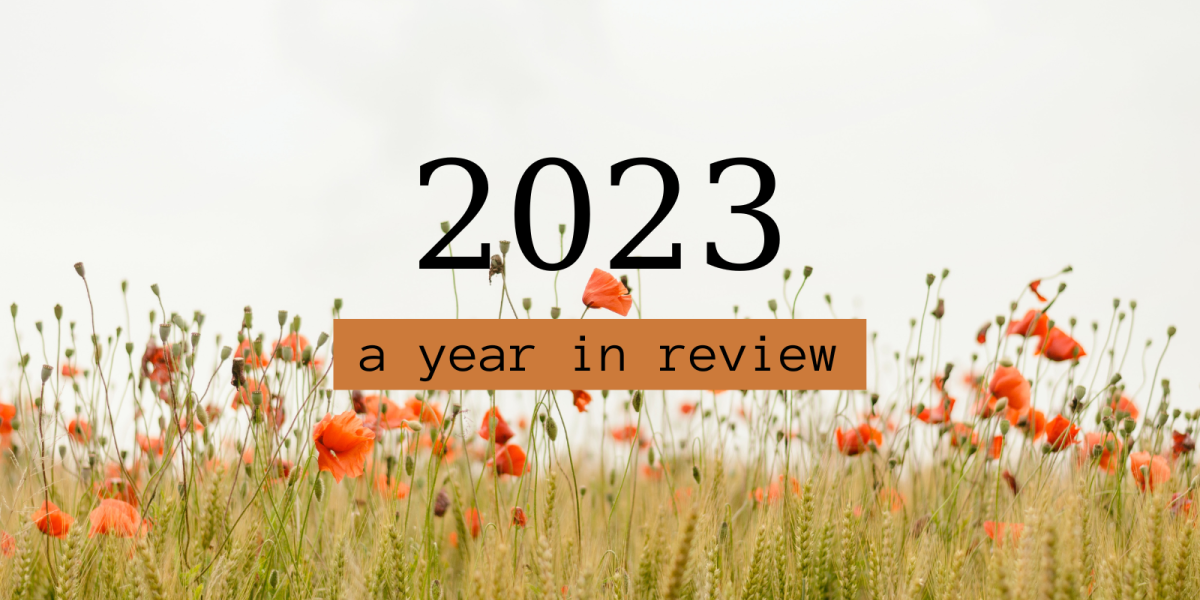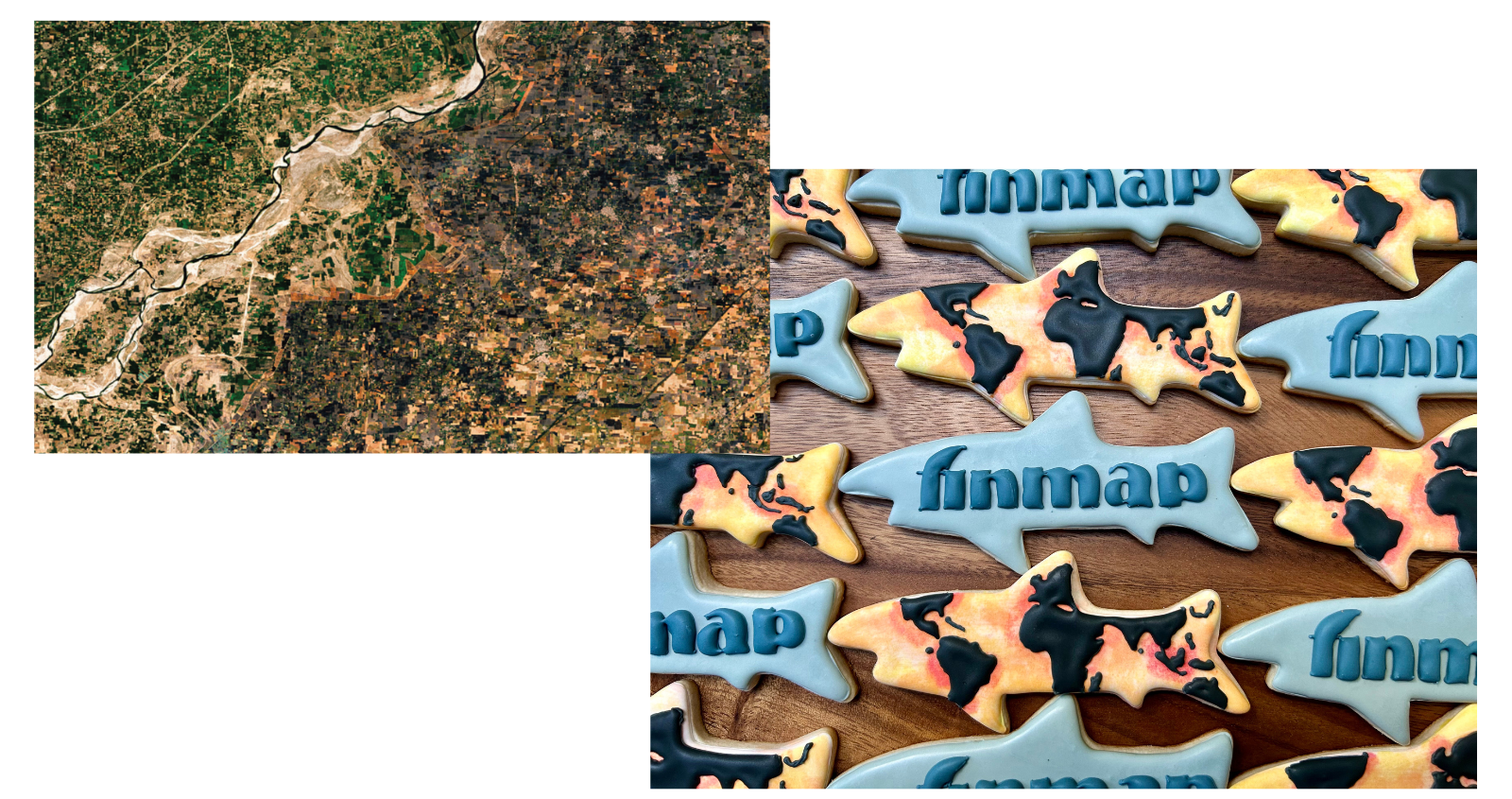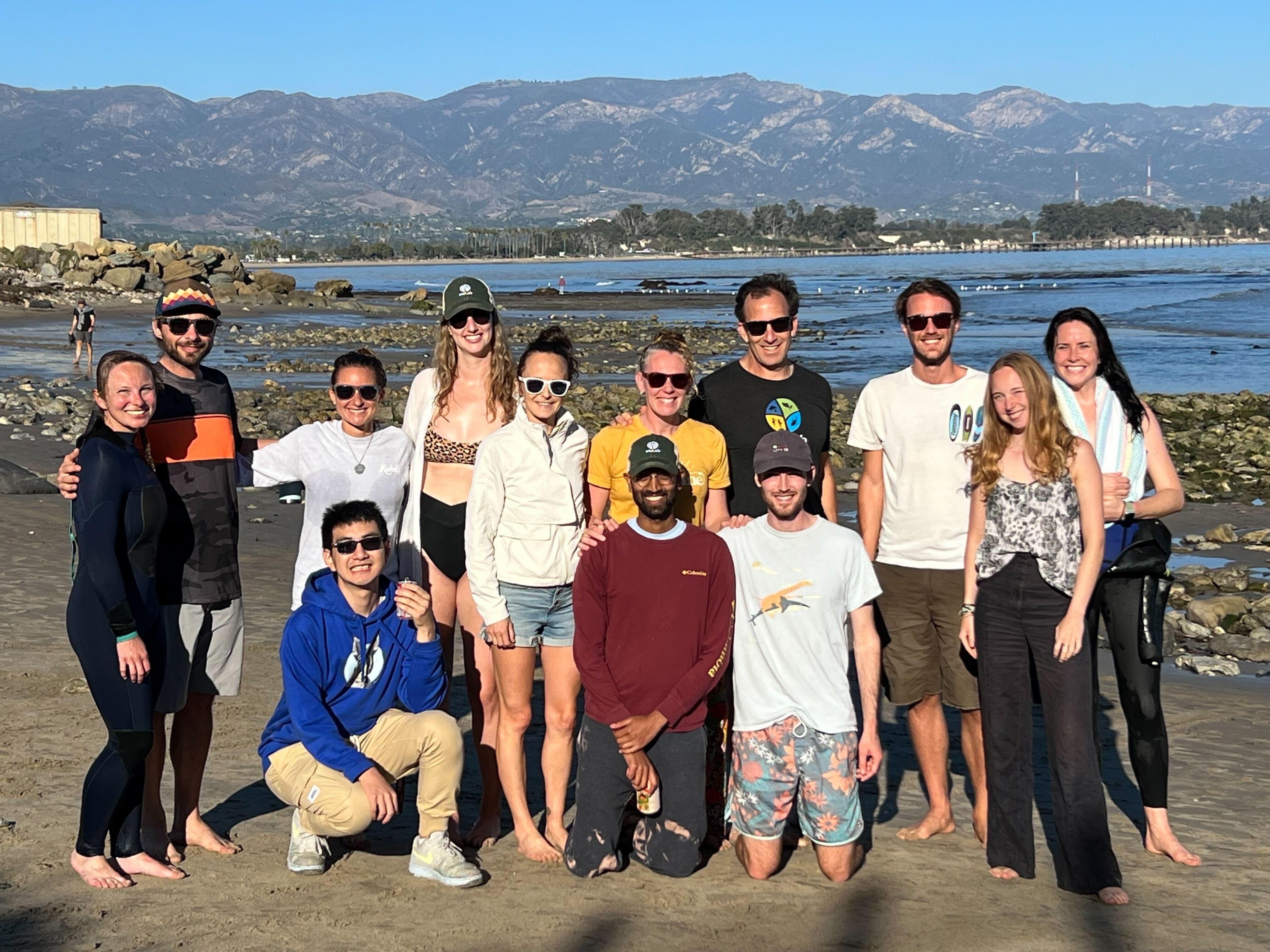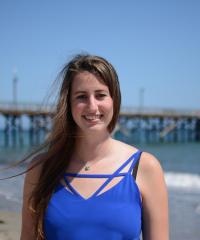
As we reflect on 2023 and what emLab has accomplished together over the year, we feel a deep sense of gratitude. Gratitude for all of the big and small successes – and for all of the lessons learned and failures that taught us along the way. Gratitude for all of the great ideas and impact that we’ve had and for all of the meetings, paper revisions, and perseverance that led to those ideas and impact. Grateful to our partners and collaborators, all of the students we’ve worked with, and the team – the emLab community is what we are grateful for most of all. We are so proud to share some of the highlights that this community accomplished this last year.
Innovative insights
emLab is dedicated to pioneering new research approaches and generating original and academically rigorous scientific findings, and we managed to generate a number of exciting insights this year across 25 projects and 30 publications. Here’s a snapshot of key figures from some of our projects:
- 2045 – the year in which California aims to be carbon neutral. Oil supply-side policies—setbacks, excise taxes, and carbon taxes—are increasingly considered for decarbonizing the transportation sector. In a Nature Energy paper we examined the effectiveness and distributional consequences of potential supply-side policies intended to phase out oil extraction across California. We found setbacks generate the largest avoided mortality benefits from reduced air pollution and the largest lost worker compensation, followed by excise and carbon taxes. However, setbacks have the most favorable equity outcomes among the three policies. Unfortunately, setbacks alone may fail to meet California’s GHG emissions targets, requiring either longer setbacks or additional supply-side policies. Read more in our policy brief and blog.
- $0.6 billion – the funds allocated to wildfire fuels management projects by federal agencies in the western United States. In a Journal of Politics paper we investigated whether fuels treatments were more likely to be located close to WUI communities that had experienced a nearby wildfire and whether the socioeconomic status of the community mediated the agency’s response. Overall, we found that forest managers are more likely to implement fuels projects near communities that have recently experienced a fire when those communities have a higher percentage of high-income, highly educated, and white residents. Read more in our “Unequal treatments” blog.
- 24 – the number of new condensed marine protected area (MPA) design guidelines we created to help decision-makers understand and apply MPA design recommendations to achieve desired conservation objectives. Through our collaboration with the Waitt Institute, we have worked to provide technical advice to support several countries who are developing their own marine spatial plans but through this process realized there wasn’t a single source for MPA design guidelines. So we set out to make a harmonized list! Our literature review identified 307 design recommendations that were transformed into our final list of 24 MPA design guidelines, each one neatly sorted into a conservation objective. Read our paper in Conservation Science and Practice and our blog to see how these guidelines can help streamline future successful marine management efforts.
- 25% – the population in Ghana that has access to clean cooking fuels and technology. In an ongoing project and Energy for Sustainable Development paper we examined the socioeconomic determinants of cooking stove/fuel choices and patterns of use in Ghana to inform pertinent cooking energy-related questions including when, where, how, why, and for whom clean energy interventions might serve to promote and sustain clean cooking practices. Our results suggest that households that are female-headed; have less educated household heads; have household heads who double as the primary cook; have larger family sizes, have lower socio-economic status, and are rural, will have an increased probability of adopting and using a cleaner stack of cooking technologies and have an increased probability of using liquid petroleum gas long term, conditional on receiving a starter kit. Such a targeted intervention with a multifaceted approach to shifting households to a cleaner stack of cooking technologies could result in widespread adoption and contribute to significant reductions of CO and PM2.5 emissions in Ghana.
Art + science
As data enthusiasts, we are always thinking of new and creative ways to display information. This past year art and science converged in the form of remote sensing art and fintastic cookies. In his visual storytelling blog “A sense of space” previous Arnhold Graduate Fellow Ben Moscona connected emLab projects with images captured by satellites from the European Space Agency's Sentinel-2 mission. The art featured throughout is made up of tens, or hundreds, of satellite images blended and composited using code-based and manual techniques.
To celebrate the acceptance of the “Global shark fishing mortality still rising despite widespread regulatory change” publication, emLab project researcher and talented cookie decorator Echelle Burns transformed figures from the paper into shark shaped cookies.

Community
We aim to foster a vibrant and diverse intellectual community that generates novel insights and inspires collaborative development and testing of new ideas. An especially energizing part of our work this past year was the engagement from our student community. This over 40 undergraduate and graduate students conducted research across a range of projects and topics from agricultural abandonment and natural climate solutions to science communications and marine protected areas. Check out this video to hear from our Arnhold Undergraduate Fellows on their research experience and the mentorship offered through the Arnhold Fellowship.
This year also boasted our largest postdoc cohort yet with 8 postdocs working across our research programs. It’s been rewarding to have such breadth of thought leadership on innovative, groundbreaking research for our team. And last but not least, gratitude infiltrated all aspects of our community. Our team found unique ways to celebrate project successes from team theme songs to project logos and team hats.
emLab turned 5
emLab turned 5 last fall! We celebrated with an afternoon at the beach where a competitive game of Kubb ensued along with surf sessions and spikeball games. It has been exciting to see our organization grow and evolve over time, and we look forward to continuing to foster a vibrant, diverse team of intellectual go-getters eager to tackle new challenges to drive environmental and social good. Thanks to all of our collaborators, team members, and funders for joining us on the journey to better align environmental objectives and economic incentives in support of sustainable livelihoods and a resilient planet. Check out our first Our 2 Cents blog to learn more about the inception of emLab and our “think-and-do” approach.




